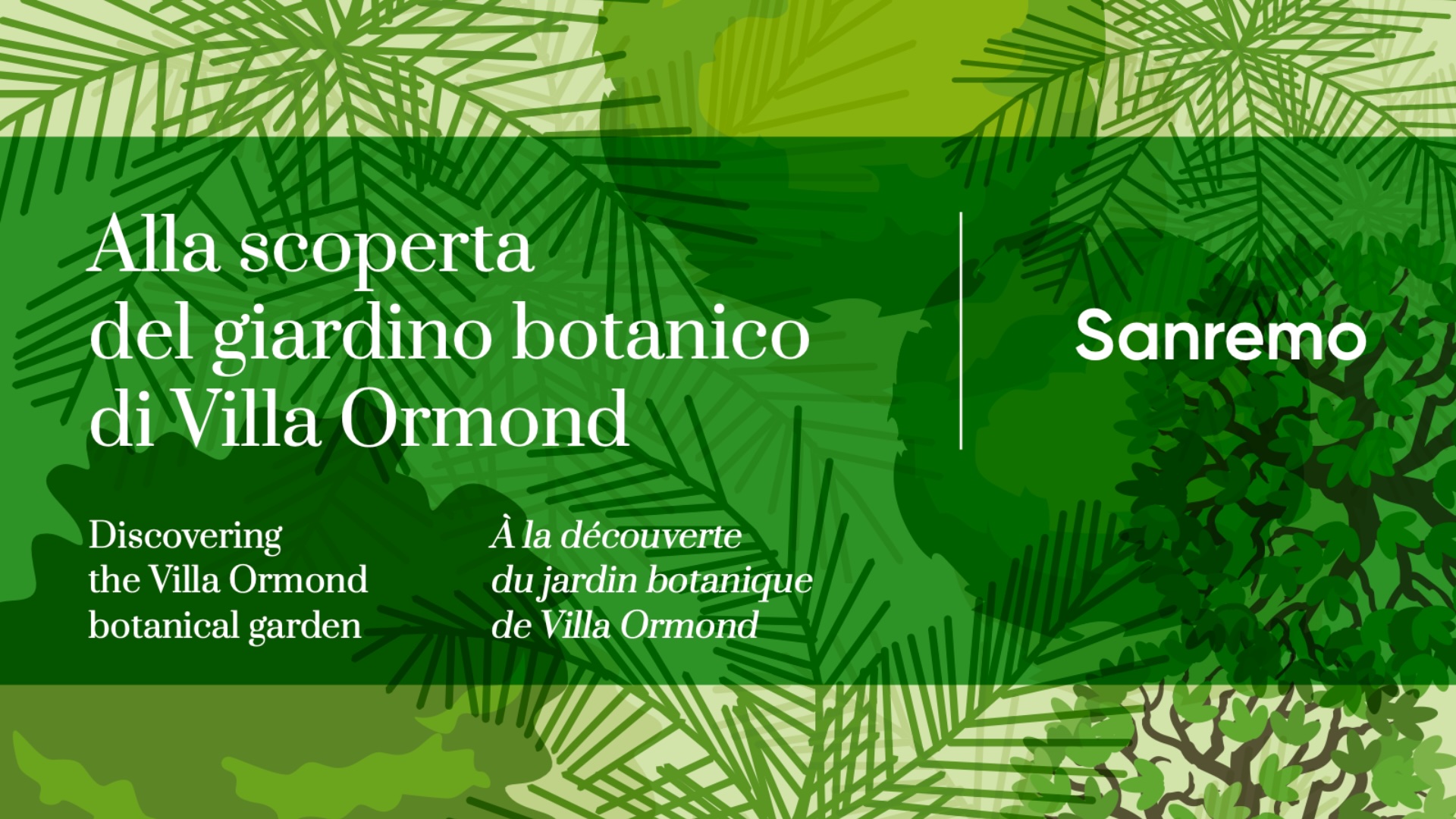Genus Rosa, from rósa = rose (Greek ῥόδον rhódon): the queen of flowers. The specific reference honours Lady Dorothea Banks, wife of Sir Joseph Banks, the historic director of Kew Gardens.
| Common name | China Rose |
| Origin | East Asia, China. Rosa banksiae is first validly described in the Catalogue of the Plants Cultivated in the Royal Botanic Garden at Kew of 1811. It was Sir Joseph Banks who had the white double-flowered Rosa banksiae collected and brought to the UK, followed in 1824 by the Rosa banksiae with creamy yellow double corollas (Rosa banksiae ‘Lutea‘). Following hybridisation (1868) by Paolo Baroni in the Botanical Garden in Florence, white single-flowered Rosa banksiae were exhibited at the 1874 International Horticultural Exhibition. In 1878 Sir Thomas Hanbury declared that the ‘single type of the Banksian Rose‘ had been present in his Mortola Garden for at least nine or ten years, a statement confirmed by the subsequent discovery of the variety in the wild in China (1907). Horticultural hybridisation of Rosa banksiae was carried out in San Remo by the famous hybridiser Quinto Mansuino (1889-1969) who obtained the splendid white rose Purezza (1961). |
|
Description |
Climbing sarmentose stem, reaching -10 metres in height, with elongated, glabrous, gracefully recurved branches and green, glossy bark. Leaves alternate, persistent, composed of 3-5 lance-shaped leaflets, finely denticulate, consistent, glabrous, dark green, shiny, sometimes barely pubescent. Flowers small, fragrant, clustered in umbrella-like clusters, numerous on young branches; calyx persistent, fleshy, with 5 acute divisions. Petals straw-yellow, numerous and irregular. A very vigorous plant, credited as being useful for festooning trees, which is covered with copious flowering from May to July, it can be grown without pruning. The Rosa banksiae var. lutea, growing near the fountain in the gardens of Villa Ormond was planted in the 1940s. |

